How to Identify and Test Edible Plants: Ensure Safety and Accuracy
- April 17, 2024
- 0 comment
Learn how to identify and test edible plants with our concise guide. Ensure accuracy and safety with expert tips to harness nature’s bounty responsibly. Exploring the wilderness offers a unique opportunity to connect with nature and forage for natural food sources. Knowing how to identify and test edible plants accurately is crucial to avoid the dangers of harmful toxins. This guide will provide you with essential tips and techniques for safely testing various plants you might encounter outdoors.
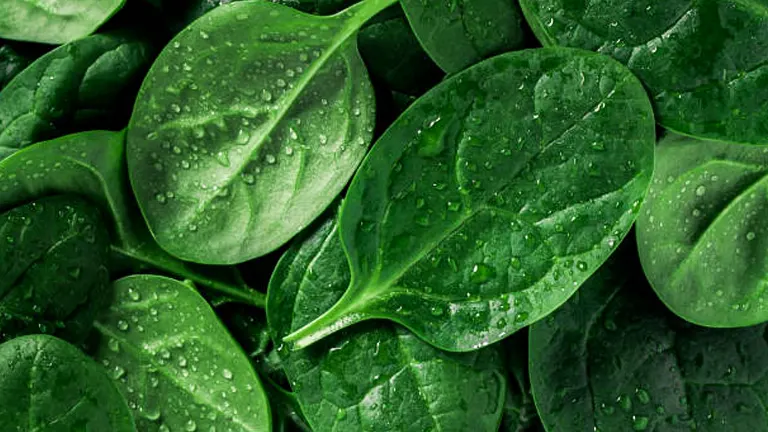
By adhering to expert advice and established safety protocols, such as sensory tests and the Universal Edibility Test, you can confidently enjoy nature’s bounty. Our comprehensive approach ensures your foraging adventures are both safe and successful, letting you harness the resources provided by the environment responsibly.
Table of Contents
- Basic Knowledge Before You Start
- Equipment and Safety Measures
- Identifying Edible Plants
- Testing for Edibility
- Common Edible and Non-Edible Plants
- Practical Foraging Tips
- Emergency Preparedness and First Aid
- Responsible Foraging Practices
- Conclusion
- FAQs
Basic Knowledge Before You Start
Understanding Plant Parts
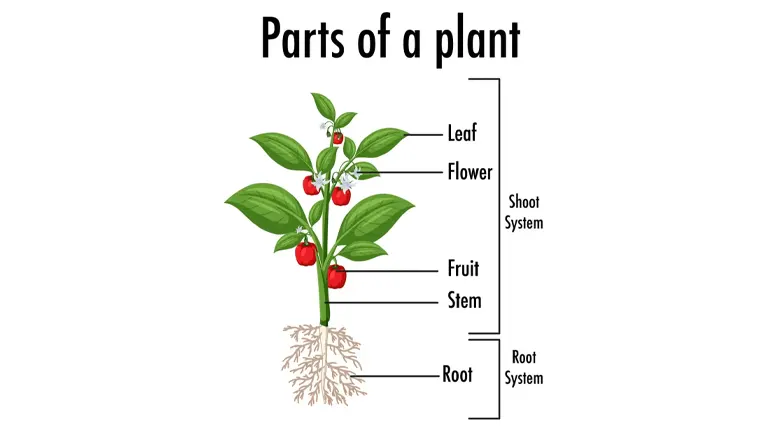
Familiarity with plant morphology is essential for accurate identification. Plants are composed of several parts, each with distinct characteristics and potential edibility:
- Roots: Typically found underground, roots absorb water and nutrients and sometimes store food. Edible roots such as carrots (Daucus carota) and beets (Beta vulgaris) are not only nutritious but also packed with energy-giving carbohydrates and essential vitamins.
- Stems: Stems support the plant structure, transport fluids, and can store food. They may be tender and juicy or fibrous and woody, depending on the species. Edible examples include asparagus (Asparagus officinalis) and bamboo shoots (Phyllostachys).
- Leaves: The main site of photosynthesis, leaves are vital for a plant’s energy production. Many leaves, such as those of spinach (Spinacia oleracea) and kale (Brassica oleracea sabellica), are rich in minerals and vitamins, making them highly beneficial for consumption.
- Flowers: Flowers are the reproductive parts of the plant and can be highly nutritious. They often contain high levels of antioxidants and vitamins. Edible flowers include dandelions (Taraxacum officinale) and broccoli florets (Brassica oleracea italica), which are packed with nutrients beneficial for health.
- Fruits: Fruits are the mature ovaries of flowers and contain seeds. They are generally rich in sugars, vitamins, and other essential nutrients, making them a sweet and nutritious food source. Common edible fruits include apples (Malus domestica) and berries (Rubus).
Each plant part plays a role in survival, but not all parts are edible. Understanding their functions and appearances helps in safely identifying usable plants.
Scientific Analysis of Edible Plant Parts
| Plant Part | Example | Calories (per 100g) | Water Content | Primary Nutrients |
|---|---|---|---|---|
| Roots | Carrots | 41 | 88% | Vitamin A, K, Potassium |
| Beets | 43 | 88% | Folate, Manganese | |
| Stems | Asparagus | 20 | 93% | Fiber, Vitamin K, Folate |
| Bamboo Shoots | 27 | 91% | Protein, Potassium, Manganese | |
| Leaves | Spinach | 23 | 91% | Vitamin K, Vitamin A, Manganese |
| Kale | 49 | 84% | Vitamin K, Vitamin C, Iron | |
| Flowers | Dandelions | 45 | 85% | Vitamin C, A, Calcium |
| Broccoli Florets | 34 | 89% | Vitamin C, Vitamin K, Folate | |
| Fruits | Apples | 52 | 86% | Fiber, Vitamin C |
| Blueberries | 57 | 84% | Vitamin C, Vitamin K, Manganese |
Habitat and Growth Conditions
The environment a plant grows in offers crucial clues to its identity. For instance:
- Moist Areas: Plants like cattails (Typha) and watercress (Nasturtium officinale) thrive in wet environments and are known for their edible qualities. These plants are typically rich in iodine and phytonutrients.
- Dry Areas: Plants such as sagebrush (Artemisia tridentata) and prickly pear (Opuntia) are adapted to arid conditions with features like thick skins or spines that help conserve water. Prickly pear, for example, is notable for its edible fruits and pads, which are high in fiber and vitamin C.
Understanding these habitats aids in predicting the types of plants present and their potential edibility, which is essential for foraging safely and effectively.
Equipment and Safety Measures
Proper foraging requires specific tools and safety precautions to avoid accidents and ensure a fruitful harvest.
Essential Tools
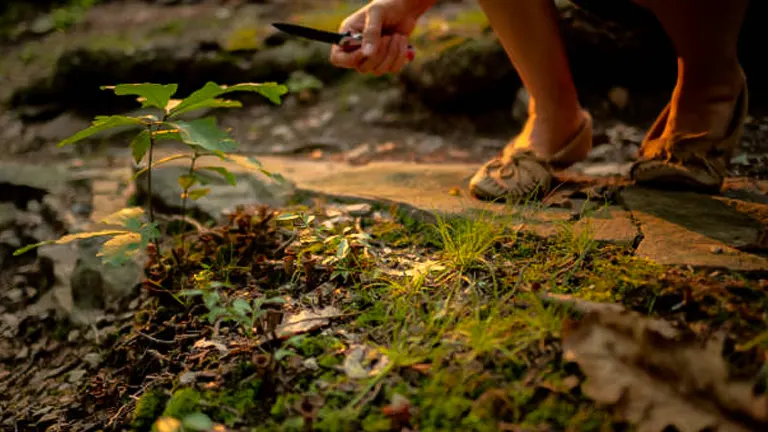
The right tools can significantly enhance the efficiency and safety of your foraging adventures. Below is an expanded list of essential foraging tools, each with its unique contribution to a successful foraging expedition:
- Field Guides and Mobile Apps: Modern foragers can rely on traditional field guides and innovative apps like “Seek by iNaturalist” or “PictureThis” that use AI to identify plants from photos. These resources are invaluable for quick and accurate plant identification.
- Foraging Knives: A foraging knife is specially designed with a curved blade to harvest plants without damaging them. The Hori-Hori knife, for example, is a versatile tool that can dig, cut, and even measure soil depth.
- Gardening Gloves: High-quality gloves protect against thorns, irritants, and soil-borne pathogens. Gloves made from breathable materials with reinforced fingertips offer both protection and comfort.
- Baskets or Containers: Woven baskets allow airflow, which can help keep plants fresh. Alternatively, reusable mesh bags are lightweight and compact, ideal for longer treks.
- Waterproof Notebook: Documenting your findings can be crucial for learning. A waterproof notebook ensures your notes survive regardless of the weather.
These tools are fundamental for any forager and should be prepared ahead of any expedition.
Safety Protocols
Ensuring safety during foraging involves more than just the right attire. Here are detailed safety measures every forager should consider:
- Protective Clothing: Long sleeves and pants shield against scratches, while sturdy, waterproof boots protect against moisture and rough terrain. A wide-brimmed hat can offer protection from the sun.
- First Aid Kit: Customize your kit with tweezers (for splinter and tick removal), antiseptic wipes, bandages, and hydrocortisone cream for irritations. Include personal medications and an epinephrine auto-injector if you have known allergies.
- Communication Plan: Beyond informing someone of your plans, consider carrying a whistle and a portable charger for your phone. In remote areas, a satellite messenger or a GPS device can be a lifeline.
Adhering to these safety protocols ensures that foraging activities are conducted securely, with minimal risk to the forager.
Legal and Ethical Considerations
Foraging isn’t free from legal scrutiny or ethical considerations:
- Permits and Regulations: Some areas require permits for foraging. Research and comply with local rules to avoid fines and preserve ecosystems.
- Sustainable Practices: Familiarize yourself with the Leave No Trace principles. Harvesting plants in a way that allows them to regenerate preserves biodiversity.
- Cultural Sensitivity: Recognize and respect the significance of certain plants to indigenous and local communities. Avoid foraging in culturally sensitive areas without permission.
Being aware of and respecting these considerations not only protects natural habitats but also ensures foraging remains a viable and legal activity.
Identifying Edible Plants
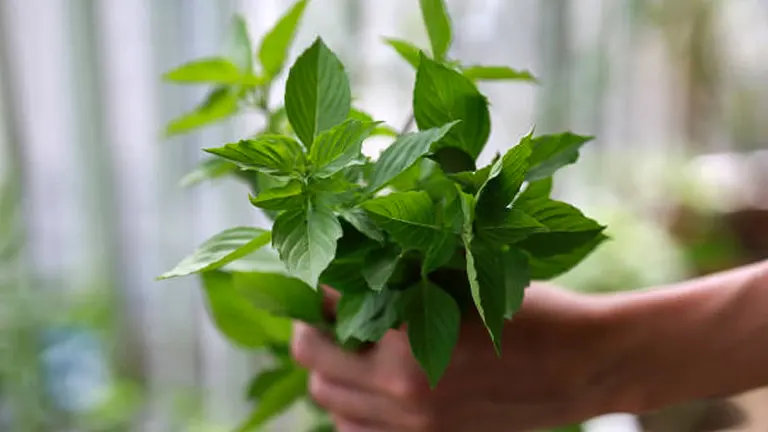
Properly identifying edible plants is fundamental to safe foraging. This section explains how to distinguish edible plants using systematic visual inspections and sensory tests.
Step-by-Step Visual Identification
Leaf Shape and Texture
- The shape, texture, and edge of leaves are key identifiers. Edible plants often have distinctive leaf patterns that can help in their recognition. Observing whether the leaf is smooth, hairy, or has a unique pattern are crucial first steps.
- Examples:
- Burdock (Arctium lappa): Features large, heart-shaped leaves with woolly undersides, commonly used in traditional medicine and cuisine.
- Plantain (Plantago major): Showcases broad, oval leaves with parallel vein structures, highly regarded for their healing properties.
- Dandelion (Taraxacum officinale): Small, jagged leaves arranged in a rosette, edible from root to flower.
- Sorrel (Rumex acetosa): Arrow-shaped leaves, known for their lemony flavor, used in soups and sauces.
Flower Color and Structure
- The color and form of a plant’s flowers can be very telling. Bright colors and unique shapes often attract pollinators and can indicate key traits about the plant’s use as food or medicine.
- Examples:
- Chickweed (Stellaria media): Small, white, star-shaped flowers, indicative of its all-edible nature.
- Lavender (Lavandula): Features purple spikes, commonly used for its aromatic properties and edible flowers.
- Sunflower (Helianthus annuus): Large, yellow flowers with edible seeds that are rich in fats and proteins.
- Marigold (Tagetes): Vibrant orange or yellow flowers, used both ornamentally and culinarily.
Fruit Appearance
- Fruits can provide a wealth of information through their size, color, texture, and taste. Edible fruits often have a fleshy, soft exterior enclosing seeds or pits.
- Examples:
- Blackberries (Rubus): Soft, black berries that are easily pulled away when ripe, rich in vitamins and antioxidants.
- Nightshade (Solanum): Typically bears small, hard, brightly colored berries that are often toxic.
- Wild Strawberries (Fragaria vesca): Small, red fruits with a sweet flavor, highly nutritious.
- Apples (Malus domestica): Varied in color, sweet to tart, consumed raw or cooked.
Stem Characteristics
- Stems can vary greatly between plants and provide clues about the plant’s edibility. Characteristics such as the presence of thorns, the stem’s color, and its texture (woody, smooth, or hairy) are all informative traits.
- Examples:
- Stinging Nettle (Urtica dioica): Covered with tiny, stinging hairs that cause irritation, the leaves are highly nutritious once cooked.
- Mint (Mentha): Square, upright stems with a refreshing aroma, leaves used in a variety of culinary dishes.
- Asparagus (Asparagus officinalis): Smooth, fibrous stems that are tender when young, highly prized for culinary use.
Sensory Tests to Confirm Edibility
After visually identifying a plant, simple sensory tests can provide preliminary indications of edibility:
Smell
- Test: Crush a leaf or a part of the plant and smell it.
- Indicators: A bitter or almond-like scent can indicate the presence of cyanide, a common toxin.
Touch
- Test: Rub a part of the plant on your skin.
- Indicators: Watch for any immediate skin reaction such as itching or redness, which suggests irritants that could make the plant inedible.
Testing for Edibility
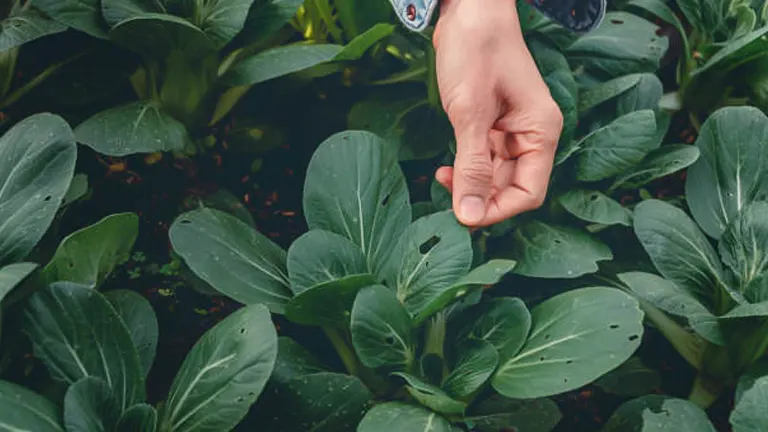
When visual identification and sensory tests are inconclusive, the Universal Edibility Test can help verify a plant’s edibility. This test should only be performed when you are well-hydrated, in good health, and have no other safe food options.
Preparation for the Test
Choose one part of the plant at a time (either the leaves, stems, or roots) for testing:
- Clean the part thoroughly to remove any dirt, insects, or contaminants.
- Separate the plant into its basic components—leaves, stems, and flowers, or fruits—to isolate the effects of each part.
Conducting the Universal Edibility Test
The Universal Edibility Test (UET) is structured into several phases, each carefully designed to detect the presence of toxins in plant parts through a progression of tests. This ensures safety when verifying the edibility of plants in the wild.
1. Skin Contact Test
Initiate the test by placing a piece of the plant on your inner wrist or elbow for 15 minutes. During this time, observe the skin’s reaction for signs such as redness, rash, swelling, or blistering. These reactions suggest that the plant may contain dermatological irritants or allergens, warning against its consumption.
2. Lip Test
Next, press the plant part against your lips for 3 minutes. Be attentive to any tingling, numbness, or burning sensations. The occurrence of these symptoms indicates the presence of irritants or poisonous compounds in the plant, which are harmful if ingested.
3. Tongue Test
For this test, place the plant part on your tongue for 15 minutes without chewing. Any immediate discomfort, burning, or itching sensations would suggest that the plant contains oral irritants. This step is crucial as it helps identify potentially toxic substances that could affect the gastrointestinal tract upon ingestion.
4. Chew Test
Chew the plant slowly for 15 minutes, but do not swallow. Pay close attention to any changes in taste, such as bitterness, sourness, or a soapy flavor, and note any physical reactions like a burning sensation in the mouth. Bitterness, especially if intense, often correlates with the presence of alkaloids, which can be toxic.
5. Swallow Test
If no adverse symptoms have appeared in the earlier stages, swallow a small amount of the plant and wait at least 8 hours. During this period, monitor for any signs of gastrointestinal distress, including nausea, vomiting, dizziness, or abdominal pain. The absence of such symptoms typically indicates the plant does not contain harmful gastrointestinal toxins.
Universal Edibility Test
| Test Stage | Duration | What to Observe | Possible Indicators | Notes |
|---|---|---|---|---|
| Skin | 15 min | Redness, swelling, blistering | Contact irritants (e.g., urushiol) | Stop if severe irritation occurs |
| Lip | 3 min | Tingling, numbness, burning | Surface toxins, irritants | Do not proceed if symptoms are present |
| Tongue | 15 min | Burning, discomfort | Oral irritants, mild toxins | Initial test for oral toxicity |
| Chew | 15 min | Bitterness, soapy taste, burning | Alkaloids, glycosides (potential toxins) | Bitterness at high intensity warns of toxins |
| Swallow | 8 hrs | Gastrointestinal distress | Ingestive toxins | Critical to monitor long-term effects |
Each stage of the UET is essential for thoroughly assessing a plant’s safety for consumption. Skipping a stage or not waiting the full recommended time can result in incomplete testing, potentially leading to the ingestion of harmful substances. Always use caution and perform the UET when no other safer food alternatives are available. This methodical approach helps foragers avoid the risks associated with potentially toxic plants.
Common Edible and Non-Edible Plants
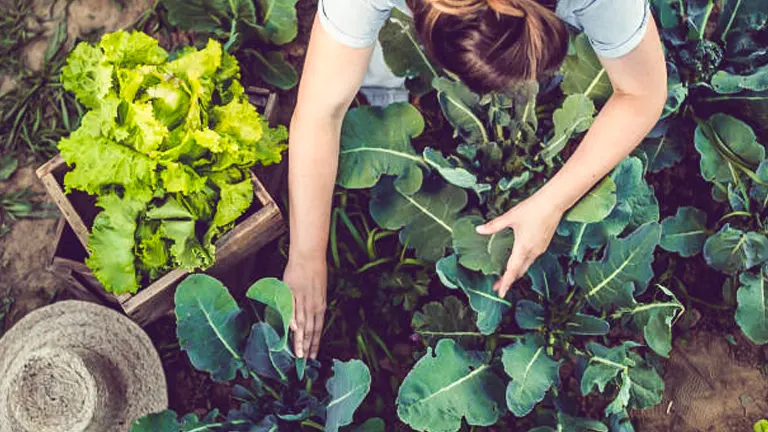
Identifying which plants are safe to eat and which should be avoided is crucial for safe foraging. This section expands on some commonly encountered edible and poisonous plants, providing detailed profiles and visual identification tips.
Profiles of Common Edible Plants
- Dandelions (Taraxacum officinale): Every part of the dandelion is edible. Its leaves add a bitter flavor to salads, the flowers can be used to make wine, and the roots can be ground to make a coffee substitute. Rich in vitamins A, C, and K, they also provide iron, calcium, and potassium.
- Wild Asparagus (Asparagus officinalis): Unlike the cultivated kind, wild asparagus has thinner, taller stalks and is harvested when the shoots are young. It offers a robust flavor and is particularly rich in vitamin K, thiamine, and folate.
- Lambsquarters (Chenopodium album): This weed-like plant is not only edible but nutritious. Its leaves resemble that of spinach and are rich in protein, vitamin A, calcium, phosphorus, and potassium. It can be eaten raw or cooked.
- Purslane (Portulaca oleracea): Often considered a weed, purslane is succulent with a lemony flavor. It is extremely rich in omega-3 fatty acids and antioxidants, making it an excellent addition to salads.
- Morel Mushrooms (Morchella spp.): These distinctive fungi are prized for their honeycomb appearance and nutty flavor. Morels need to be cooked before consumption and are excellent sources of iron and vitamin D.
Profiles of Common Poisonous Plants
- Poison Ivy (Toxicodendron radicans): Recognizable by its classic “leaves of three, let it be” mantra, contact with poison ivy can cause severe allergic dermatitis. The oily resin, urushiol, on its leaves and stems triggers itching and blistering skin rashes.
- Water Hemlock (Cicuta maculata): This plant resembles wild carrots but is fatally toxic, containing cicutoxin, especially in its roots. Ingestion can cause seizures and death within a few hours.
- Foxglove (Digitalis purpurea): All parts of this plant are toxic. It contains digitoxin and can cause heart failure. Its bell-shaped flowers and tall spikes are distinctive, but they should be avoided as a foraging option.
- Deadly Nightshade (Atropa belladonna): Known for its shiny black berries and bell-shaped flowers, this plant is highly toxic. It contains atropine and scopolamine which affect the nervous system.
- Oleander (Nerium oleander): Every part of this shrub is poisonous, with toxins that can cause severe effects on the heart, produce nausea, and can be fatal.
Summary Table: Edible and Poisonous Plants
| Plant Type | Name | Edible Parts | Key Nutrients/Toxins | Notes |
|---|---|---|---|---|
| Edible | Dandelions | All parts | Vitamins A, C, K | Can be used in salads, teas, or as a coffee substitute |
| Edible | Wild Asparagus | Shoots | Vitamin K, Thiamine | Best when young; has a robust flavor |
| Edible | Lambsquarters | Leaves | Protein, Vitamins A, C | Spinach alternative; highly nutritious |
| Edible | Purslane | Leaves, Stems | Omega-3, Antioxidants | Succulent with a lemony flavor; great in salads |
| Edible | Morel Mushrooms | Whole mushroom | Iron, Vitamin D | Must be cooked; valued for their nutty flavor |
| Poisonous | Poison Ivy | None | Urushiol | Causes severe allergic dermatitis |
| Poisonous | Water Hemlock | None | Cicutoxin | Fatal; causes seizures and death |
| Poisonous | Foxglove | None | Digitoxin | Affects the heart; can cause death |
| Poisonous | Deadly Nightshade | None | Atropine, Scopolamine | Affects the nervous system; highly toxic |
| Poisonous | Oleander | None | Cardiac Glycosides | Extremely toxic; affects the heart and can be fatal |
By familiarizing yourself with these profiles and adhering to identification guidelines, foragers can safely explore diverse environments, enriching their diet with natural foods while avoiding hazardous plants. This comprehensive guide aims to empower foragers with the knowledge needed to differentiate safely between nourishing and harmful plants, using scientific insights and practical advice.
Practical Foraging Tips
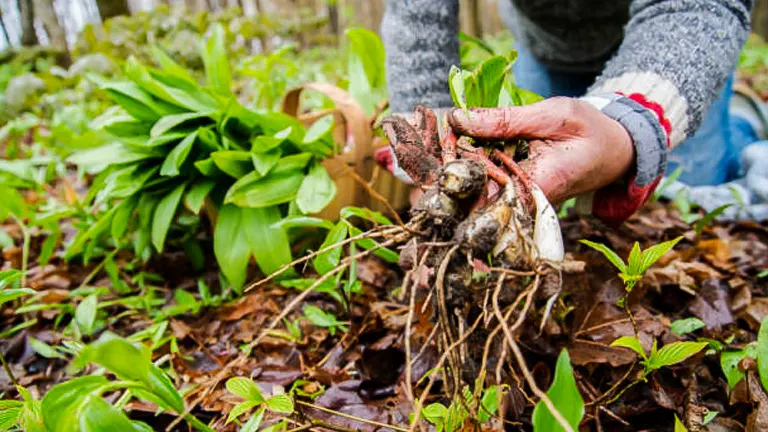
Foraging can be a rewarding activity that not only connects you with nature but also supplements your diet with nutritional plants. This section delves deeper into effective foraging techniques, storage methods, culinary uses, and ways to enhance your foraging skills through continuous education.
Harvesting Techniques
Proper harvesting methods are critical to ensure the sustainability of plant populations and the quality of the foraged goods:
- Gentle Handling: Use tools like scissors or a sharp knife to carefully cut plants. This helps avoid damage to the plant’s structure and the surrounding ecosystem, preserving its ability to regenerate.
- Selective Picking: Focus on harvesting parts that the plant can spare. For leaves, take only a few from each plant. For roots, target those that are abundant or spread invasively.
- Timing: Harvest early in the morning when the plant’s nutrient levels are at their peak. Morning dew also helps reduce the plant’s internal heat, keeping the essential oils intact which are crucial for both flavor and health benefits.
- Ethical Foraging: Always forage with sustainability in mind; take only what you need, and ensure that the plant population can sustain itself.
Storage and Preparation
Storing and preparing foraged items properly can significantly extend their shelf life and enhance their flavors:
- Cleaning: Thoroughly wash plants in cold water to remove any soil and insects. A mild vinegar solution can be used to help sanitize and remove more persistent pests.
- Drying: Use a food dehydrator or air dry herbs and flowers in bundles. This is best done in a dark, well-ventilated area to preserve the plants’ colors and medicinal properties.
- Refrigeration: Store sensitive items like berries and mushrooms in the refrigerator. Place them in breathable containers lined with paper towels to absorb any excess moisture.
- Freezing: For long-term storage, blanch vegetables like wild asparagus and freeze them. This process helps retain nutritional quality and texture.
Cooking and Utilization
Maximizing the nutritional intake from foraged foods involves knowing the best ways to prepare them:
- Boiling: Submerge plants like nettles or elderflower in boiling water to neutralize toxins and reduce bitterness. This method is quick and preserves most of the vitamins.
- Sauteing: Foraging favorites like morel mushrooms and wild garlic can be lightly sautéed with butter or olive oil to enhance their flavors. This method is perfect for tender shoots and mushrooms.
- Eating Raw: Many young leaves and berries are best consumed raw to maintain their nutritional properties. However, ensure they are clean and safe to eat.
Emergency Preparedness and First Aid
Foraging, while a rewarding experience connecting you with nature, also carries inherent risks, including minor allergic reactions and potentially life-threatening poisonings. Proper preparedness for emergencies is as essential as the skills to identify and test edible plants.
Recognizing and Managing Allergic Reactions
Allergic reactions can vary widely in severity and require quick and appropriate responses:
- Symptoms to Monitor:
- Minor: Hives, itching, mild swelling
- Moderate: Swelling of the lips and throat, difficulty breathing, significant rash
- Severe: Anaphylaxis which can include severe breathing difficulties, a rapid drop in blood pressure, dizziness, and potential loss of consciousness
- Immediate Actions:
- Mild Reactions: Administer an over-the-counter antihistamine immediately.
- Severe Reactions: Use an epinephrine auto-injector if available, and call emergency services without delay as this is a potential life-threatening condition.
First Aid for Plant Poisonings
Timely intervention is crucial for managing poisonings from plant ingestion, which can be life-saving, especially in isolated settings.
- Common Symptoms:
- Early signs: Nausea, vomiting, mild to severe abdominal pain
- Later signs: Diarrhea, heart palpitations, seizures (in extreme cases)
- First Aid Protocol:
- Do Not Induce Vomiting Unless Directed: Only induce vomiting if advised by a professional on a poison helpline.
- Activated Charcoal: Administer activated charcoal as soon as possible if advised by healthcare professionals; it binds to toxins and can reduce absorption in the gastrointestinal tract.
- Medical Attention: Seek medical help immediately. Provide medical responders with details of the plant ingested, amount, and time of ingestion.
Safety Checklist for Foragers
Ensuring personal safety begins with thorough preparation and awareness of potential hazards.
Preparation:
- Know the Area: Study the local flora and potential hazards. Use apps and field guides to familiarize yourself with the local environment.
- Emergency Supplies: Your pack should include:
- A comprehensive first aid kit
- A map and compass or a GPS device
- Sufficient water and high-energy snacks
- A fully charged mobile phone with emergency numbers saved
- An emergency whistle and a small, powerful flashlight
Plan Your Exit:
- Always inform someone of your foraging plan, including specific locations and expected return time.
- Establish a clear exit strategy for emergencies. Practice basic wilderness survival skills.
Summary Table: Emergency Protocols for Foragers
| Condition | Symptoms | Immediate Action | Supplies Needed |
|---|---|---|---|
| Allergic Reactions | Hives, swelling, difficulty breathing | Antihistamine; epinephrine for severe cases | First aid kit, antihistamine, epinephrine auto-injector |
| Plant Poisonings | Nausea, vomiting, abdominal pain | Activated charcoal, medical consultation | Activated charcoal, water, first aid kit |
| General Preparedness | N/A | Familiarize with flora, carry essentials | First aid kit, map, GPS, snacks, water, phone |
Responsible Foraging Practices
Responsible foraging ensures the sustainability of natural resources and minimizes impact on the environment. Adopting mindful and ethical practices is essential for every forager.
Sustainable Harvesting
Sustainable harvesting is crucial for maintaining the ecological balance:
- Only take what you need: Harvesting sparingly and wisely ensures you do not deplete resources, allowing plant populations to regenerate.
- Focus on mature plants: Mature plants have likely seeded and contributed to the population’s sustainability. Picking these lessens the impact on the plant community.
- Avoid overharvesting: Be conscious of the amount you collect, especially of plants that appear less abundantly, to avoid ecological disruption.
Respecting Wildlife and Habitats
Foraging should also consider the broader ecosystem:
- Minimize habitat disturbance: Tread lightly, stick to paths, and avoid trampling plants and undergrowth to preserve the natural habitat.
- Be aware of protected species: Knowing local laws helps protect species that are endangered or recovering. Avoid collecting plants that are legally protected.
- Consider wildlife needs: The area you are foraging in is shared with wildlife. Respect their needs by avoiding areas that serve as critical resources for animals, such as feeding and nesting sites.
Related Post
- How to Fertilize a Mango Tree Effectively: Tips and Tricks for Healthy Growth
- How to Fertilize Apple Trees: Essential Tips for a Bountiful Harvest
- How to Fertilize Lemon Trees: Secrets for Thriving Citrus
- How to Fertilize Avocado Tree: A Step-by-Step Guide for Lush Growth
Conclusion
Identifying and testing edible plants accurately is essential for anyone interested in foraging, ensuring that what you gather is safe to eat and beneficial to your health. This skill not only helps in distinguishing the nutritious from the toxic but also fosters a deeper appreciation for the natural world. Equipped with the right knowledge and tools, foragers can confidently explore diverse environments, reaping the rewards of nature’s abundance while maintaining the integrity and sustainability of the ecosystems they interact with. Thus, foraging is not just about survival but about thriving responsibly and sustainably in harmony with nature.
FAQs
- What are the first steps to take when identifying an edible plant?
Begin by examining the plant’s leaves, stems, and flowers carefully, using a field guide or an identification app to compare features. Note the shape, color, texture, and any distinct smells. Accurate identification is crucial before considering consumption. - How can I use technology to help identify plants?
Utilize apps like PictureThis, iNaturalist, or Seek, which allow users to upload photos of plants and provide instant identifications based on visual data. These tools are helpful for quick references and can narrow down possibilities, but always double-check with a reliable field guide. - What is the Universal Edibility Test, and how do I perform it?
The Universal Edibility Test is a method to test plant safety when no other information is available about its edibility. It involves several stages: skin contact, lip test, tongue test, chew test, and swallow test, each designed to detect irritants or toxins progressively. This test should be conducted only in survival situations as a last resort. - Are there any simple sensory tests I can perform before the Universal Edibility Test?
Yes, begin with smell and touch tests. Crush a part of the plant and smell it for any almond-like odors (a warning sign for cyanide presence). For the touch test, rub the plant part on a small patch of your skin to see if it causes irritation, which suggests it’s best avoided. - What are some common edible plants easily found in the wild?
Common edible plants include dandelions, which are entirely edible; wild asparagus, recognizable by its tall, feathery fronds; and blackberries, which have tell-tale black clustered berries. Always confirm with a field guide as appearances can be deceiving. - What should I avoid when foraging for edible plants?
Avoid plants with white or yellow berries, an almond scent in the wood or leaves, or three-leaved growth patterns, as these characteristics are commonly associated with poisonous plants. Always steer clear of plants growing near polluted areas as they might have absorbed toxins. - How should edible plants be prepared and stored?
After proper identification and testing, edible plants can be washed and then prepared according to their type. Leaves can be eaten raw or boiled to reduce bitterness, berries can be consumed directly or made into jams, and roots can be boiled or roasted. For storage, most plants should be kept in cool, dry places, and some can be dried or refrigerated. - What are the legal and ethical considerations of foraging?
Legally, you must have permission to forage on private land and adhere to regulations on public land. Ethically, practice sustainable harvesting by taking only what you need, focusing on abundant plants to avoid depleting resources. Be mindful of the local ecosystem and avoid collecting endangered or protected plant species.
As we venture into the wild, the ability to safely identify and test edible plants is invaluable. Embrace this knowledge, and let it guide you to safely enjoy nature’s gifts.

Benjamin Brooks
Forestry AuthorGreetings! I'm Benjamin Brooks, and my journey over the past 15 years has revolved around the fascinating realms of content creation, expertise in snow clearing, and the intricate world of lumberjacking and landscaping. What began as a simple curiosity about the natural world and heavy machinery has evolved into a passionate profession where my love for crafting words intertwines seamlessly with my lumberjacking and garden skills.


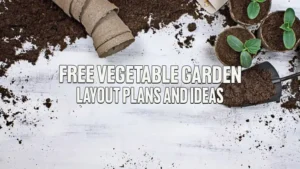


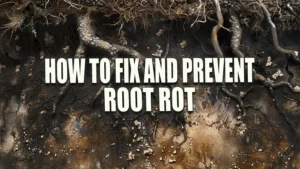
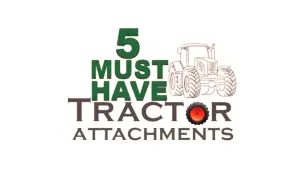



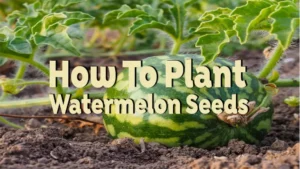
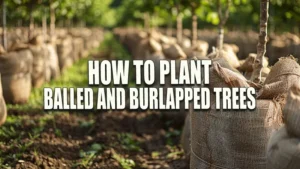
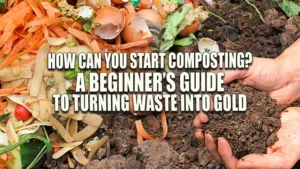
Leave your comment